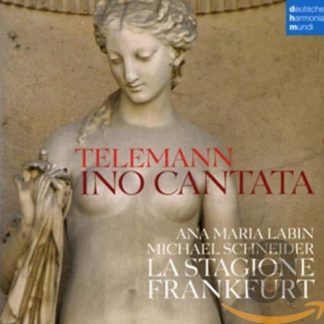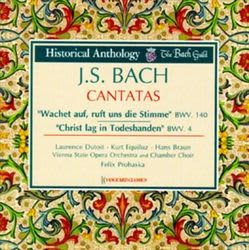Description
Artists
|
FEDELE FENAROLI – Stabat Mater … It is equally important to bring all the still unknown works back to life through performance and recording. It goes without saying that this CD, entirely dedicated to Fedele Fenaroli, is both a fair recognition of one of the greatest figures of the Neapolitan school and an attempt to save such a highly interesting repertoire from oblivion. When we listen to the Stabat Mater – a piece quoted by every historiographer of Fenaroli – we realise how debasing it is to speak of Fenaroli only in terms of his didactic production. The perfection of the pieces and the religious inspiration that emanates from them merge with the compositional technique of the Italian tradition that had created such beautiful patterns and, above all, incomparable melodies. Fenaroli is undoubtedly one of the best representatives of this tradition. Moreover, listening to the pieces contained on this CD confirms its value and urges us to learn more about this composer who has been neglected for so long, but who has left us a cultural heritage that we wish to re-evaluate fairly. ARVO PÄRT – Stabat Mater (1985) Composed for soprano, countertenor (or alto), tenor, violin, viola and violoncello, the work was commissioned by the Alban Berg Foundation to celebrate Alban Berg’s centenary, for which ten composers were invited to write a piece for a string trio. To achieve a better balance, Arvo Pärt had the idea of using two trios in his work: an instrumental trio and a vocal trio. Starting from the trochaic rhythm of the text, the relationship between long and short syllables became the key element of the music. The text is taken from a liturgical sequence in which the grieving Mother of God weeps beside the cross of her crucified son. The composer described the piece as follows: “It is like the contact of opposing elements, like lava erupting from a volcano and flowing into water. It seems impossible that such different elements could ever be encountered; but that is exactly what happened in this piece. The text confronts us with the simultaneous existence of immeasurable pain of this event and potential comfort.” |










